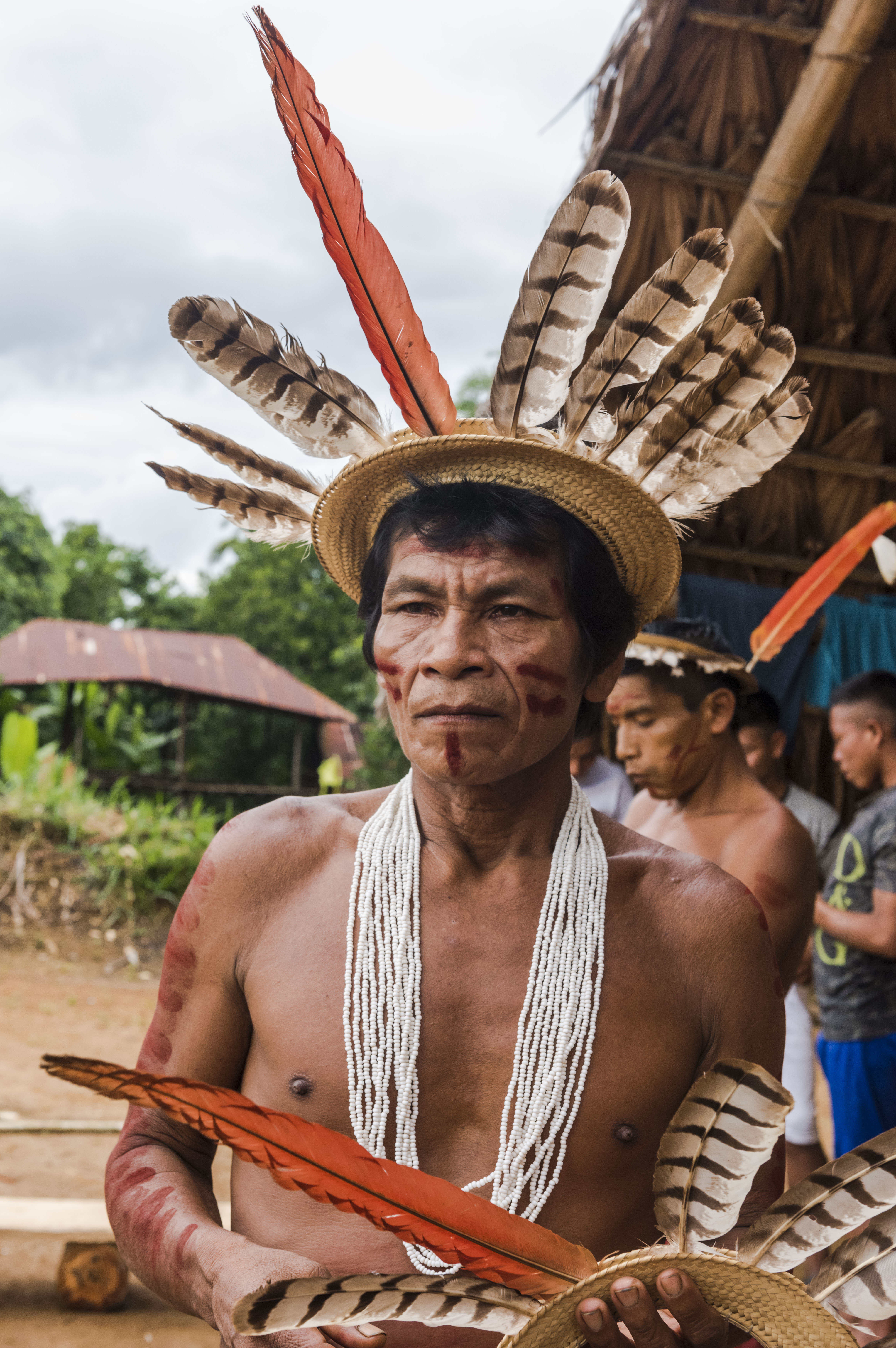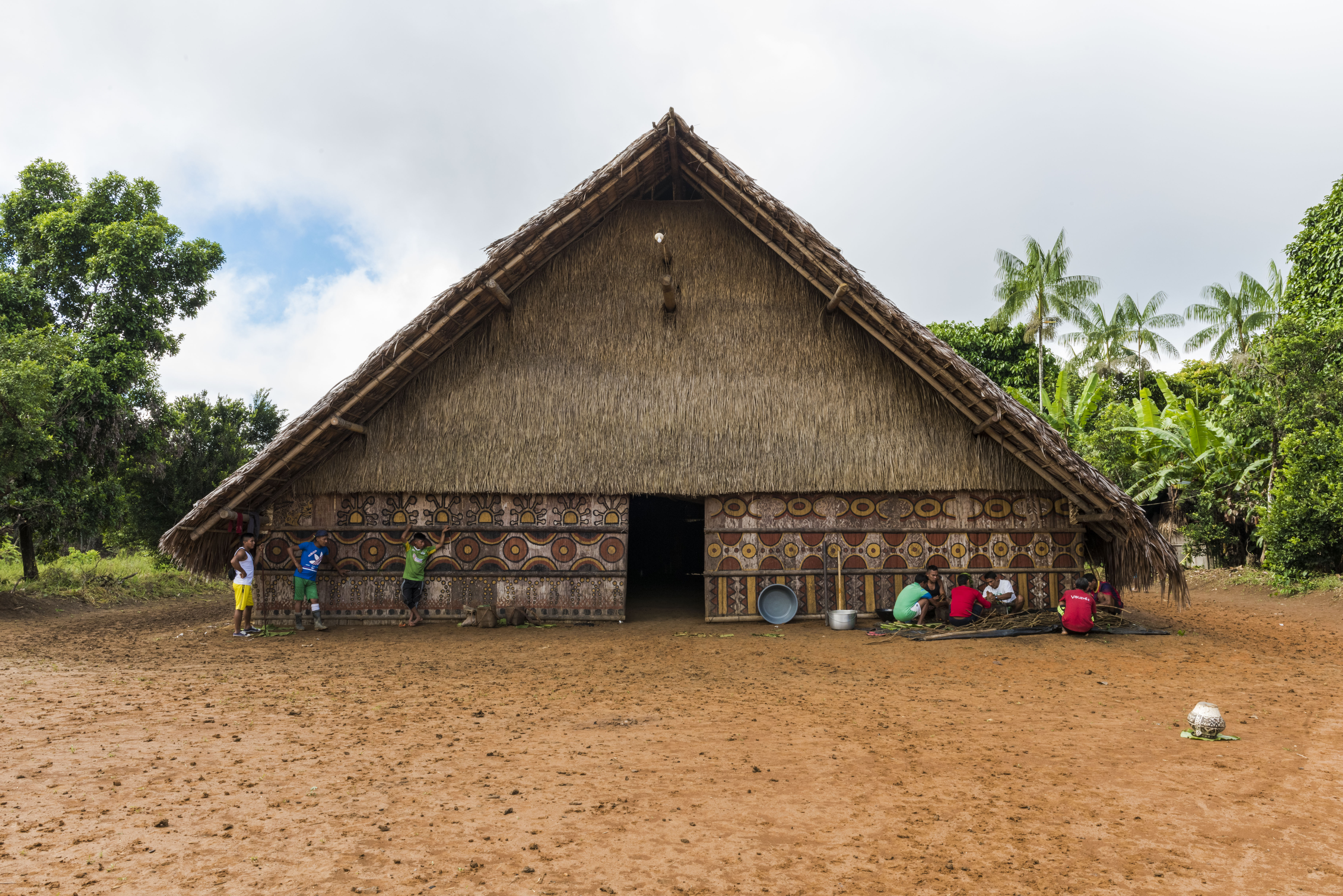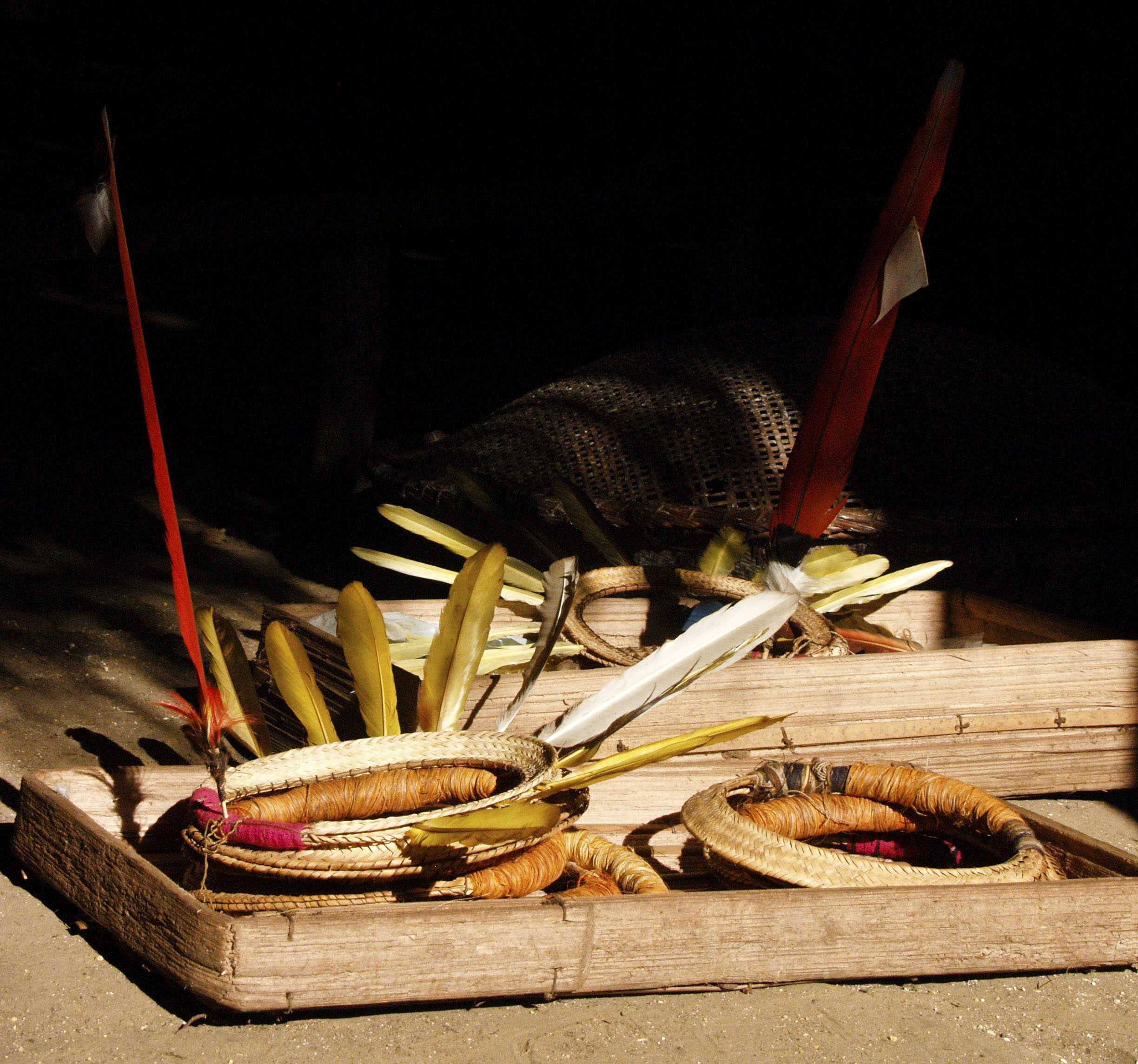TICCA de la Asociación de Autoridades Tradicionales Indígenas de la Zona de Yapú Asatrizy: Wiiotory Yepaa, Colombia
Our Origin
Our territory, Wiiotory Yepaa, means 'territory delivered by the Creator'. We value our ancestral beings and from them we receive knowledge for the management, use and care of the visible and invisible territory and nature in general. They also give us knowledge on plants, elements and cultural practices to maintain and supply our needs within the territory. These practices are lived, and we feel they keep our culture strong and our identity preserved. They are transmitted in daily life from generation to generation, through ritual ceremonies and practicing of customs.

How we live in the territory
Our territory resides in the area of Yapú, which is part of the Great Reservation of the Vaupés Oriental Part, a rural area of the municipality of Mitú. The Yapú area in the basins of the Yapú, Papurí and Caño Colorado rivers is made up of eight communities: San Francisco de Yapú, Puerto Simón, Puerto Nariño, Puerto Florida, Puerto Limón, Gabrand Caño Colorado, San Antonio and Santa Cruz de Nueva Reforma. These eight communities convene in the Association of Traditional Indigenous Authorities of the Yapú – ASATRIZY Area. Indigenous people of different ethnic groups of the Eastern Tukano family live in the territory.

Attached to this case study page you will also find the primer ‘Origin and history of the process of a New Awakening’ and our ‘United Life Plan’ which describes being “United with a single thought to live well”. In the primer we tell the history and origin of our people, including our contact with the Western world. We also describe the organisational processes that we still carry out today, adapting our traditional knowledge with the legal tools offered by Colombian legislation for indigenous peoples.

Community
Today, we live in communities (single-family houses), but in the past people lived in the maloca with their authority, which was the Kumú. The maloca is an ancestral house that is the center of culture, where all people learn and teach tradition: ritual ceremonies, community work and more. The kumú (also called payé or shaman) is required to ask permission from the invisible world, to promote the well-being of nature and humanity. Kumuã Yoamarã is the group of people who have a specialised knowledge of culture. It is made up of all the knowers of the Yapú area; who are all the elderly people that know the indigenous traditions. Kumuã are specialised praying people. Thanks to our tradition, received from our origin, ancestors, knowers and the kumuã, keep our culture alive. We preserve the appropriate knowledge to care for, use and manage the territory and thus guarantee it for the future.

Territory and subsistence
Traditionally we live from the jungle and our territory, and we consider it the main source of resources for all our needs. They contain rivers, medicinal plants, food, building materials, minerals, and allow us to hunt, fish and to prepare a Chagra (an area opened up within the jungle to plant crops). The territory has several sacred places, which are special places that must be treated with respect and care, because they represent important events from our origin, or hold a special energy.

Threats
Currently we face a critical situation - on the one hand we have the kumuã, yoamarã and the knowers, who keep the tradition and are still willing to transmit their knowledge or gift to young people and children. On the other hand, the leaders and young people of today no longer give much importance to the tradition and advice of our elders. Cultural changes are reflected in the adoption of Western dress, traditional ceremonies are no longer performed as strictly as before, and some calendar ceremonies are not being performed at all.

The territory is preserved, but lately many people, especially young people, do not follow the rules for use and management of our resources. They do not respect the sacred sites, do not obey the advice of the kumú and fail to comply with disciplines and health care. It has weakened the mutual communication between the visible and invisible world (people, trees, fish, animals, water) and the whole general life of nature and mother earth. This means that the gift of knowledge is lost, along with traditional values and care, which is a threat to future generations. Many western programs help us keep our culture alive and highlight it, but others do not understand it and lately our representatives have been deceived with money which has generated more division, disunity and discouragement of work.

Support needed
In the communities, we need to recover awareness about the respect and management of the territory, with the prayers of the knowers, and the fulfillment of the norms (rules/regulations) so we can maintain the good life, as defined in our ‘United Life Plan’. We need to encourage young people to strengthen the values: obedience and respect, and to participate in the activities proposed by the kumú so that the knowers have apprentices who continue the work and maintain the culture.

With the reconstruction of the maloca, we can revive not only the ceremonies but also our tradition, the spirit of work, and the unity of thought between the Kumuã and their followers, the community, and territorial life. At Asatrizy we still very much want to revive, strengthen and comply with the rules of our law of origin. We recognise and identify ourselves as one of the territories and areas conserved by indigenous peoples and local TICCA communities. That is why we ask for great support from the outside world to help us strengthen our identity, our law of origin and our way of life before the different populations in the world, so that future generations maintain and preserve our culture.

More information
The Amazonia, un territorio de vida website showcases the efforts of Indigenous organizations in the Colombian Amazon working to strengthen territories of life, preserve ancestral knowledge, and ensure well-being for present and future generations.
To learn more about Asatrizy, visit the following link: Asatrizy – Territorio de Vida
This case study was originally published by UN Environment Programme World Conservation Monitoring Centre (UNEP-WCMC) in September 2021. The content was provided by the custodians of this ICCA. The ICCA has been self-declared and has been through a peer-review process to verify its status. More details on this process can be found here. The contents of this website do not necessarily reflect the views or policies of UN Environment Programme or WCMC.